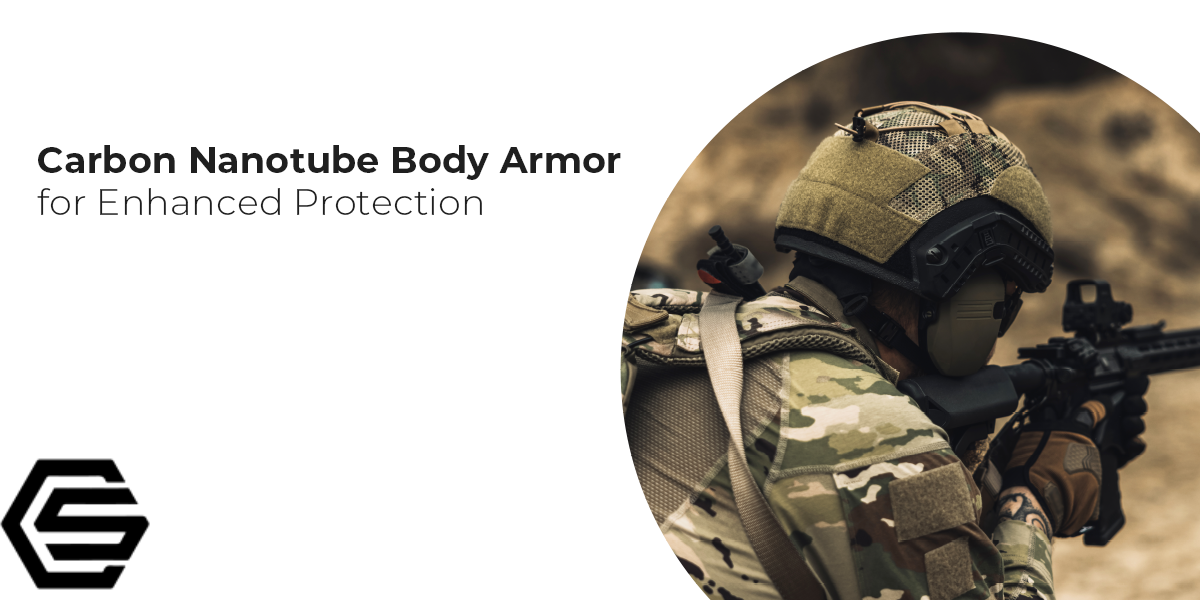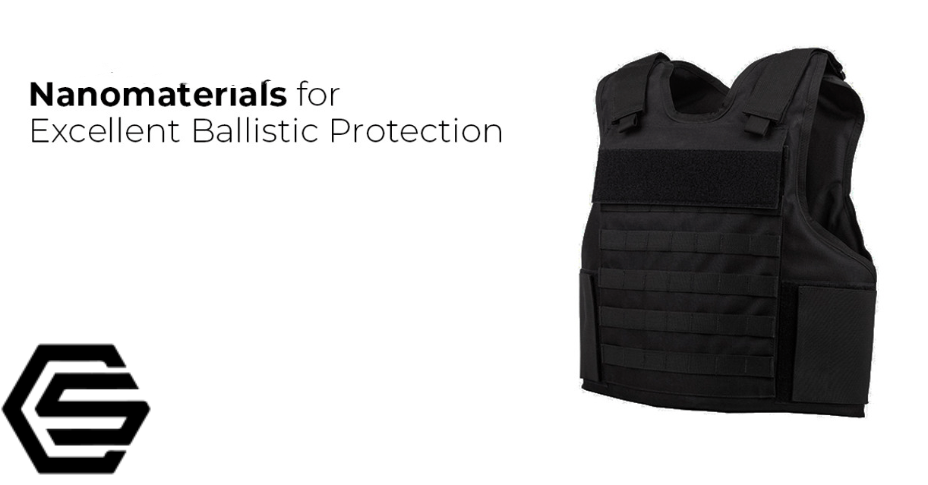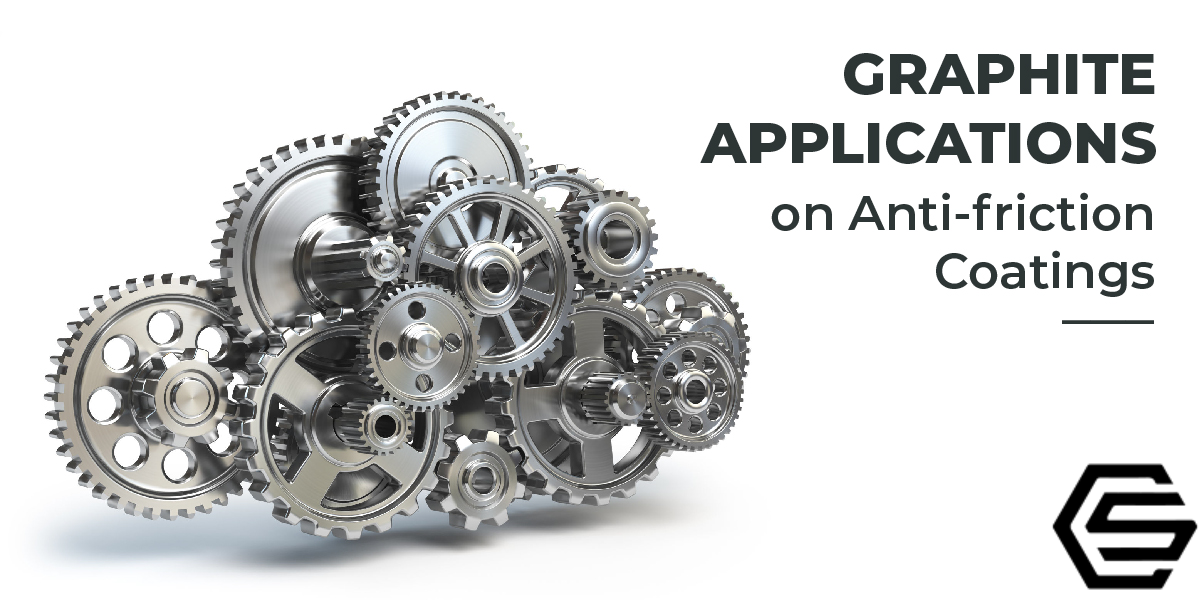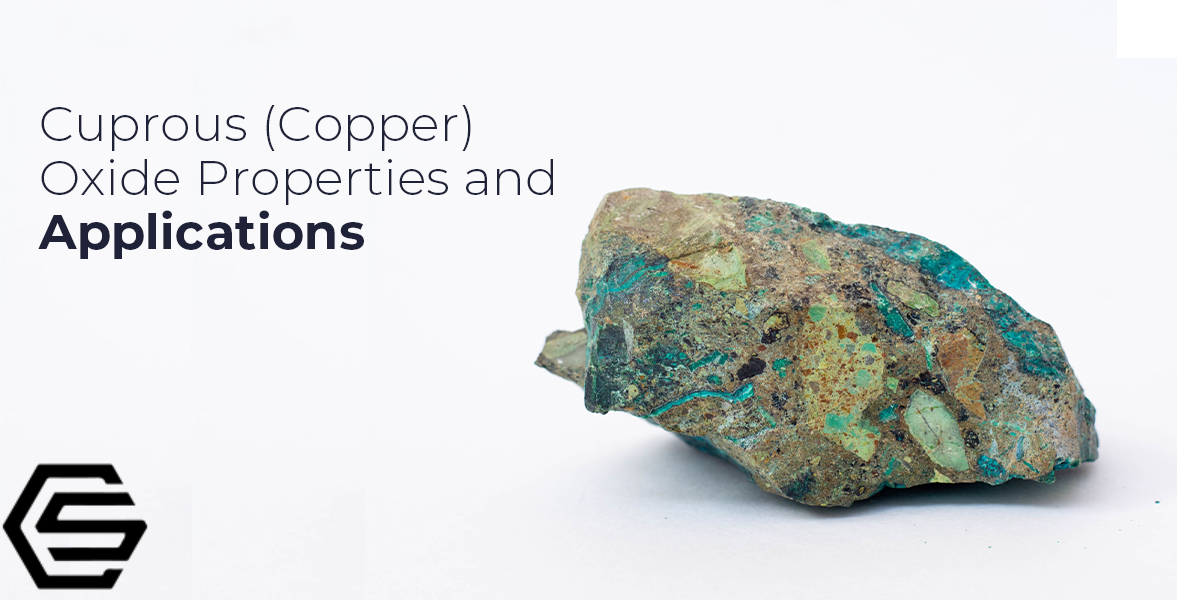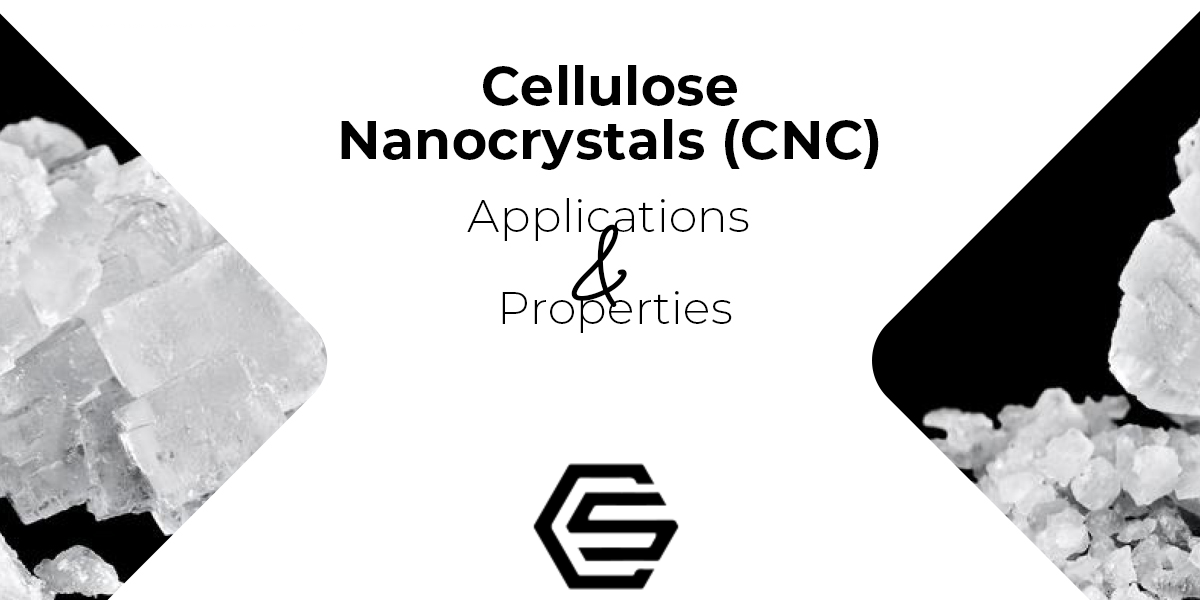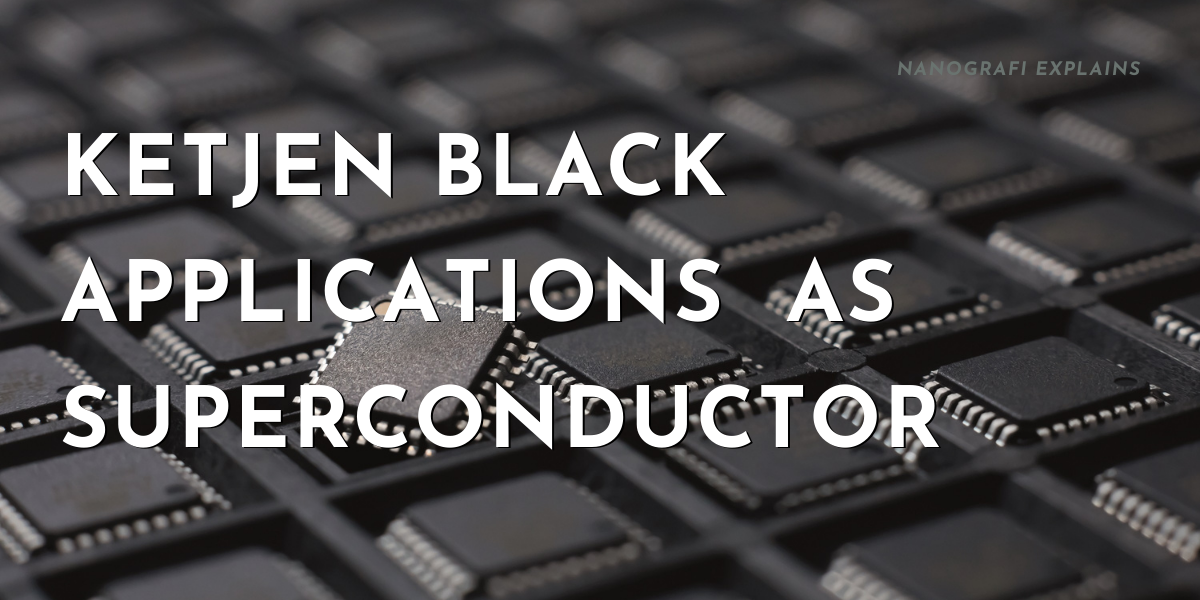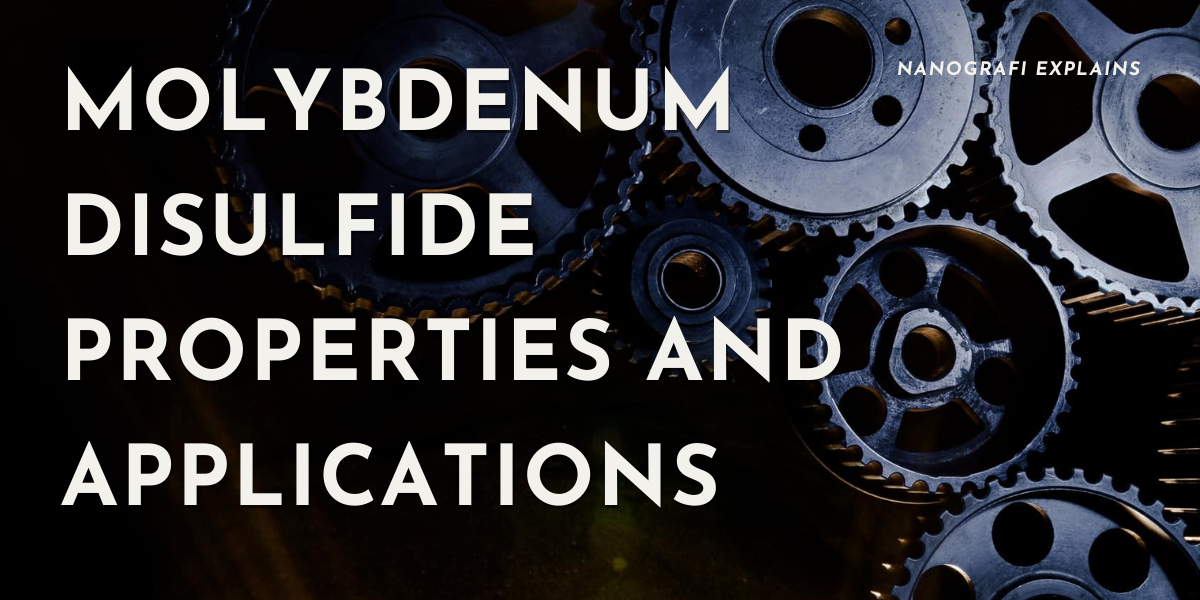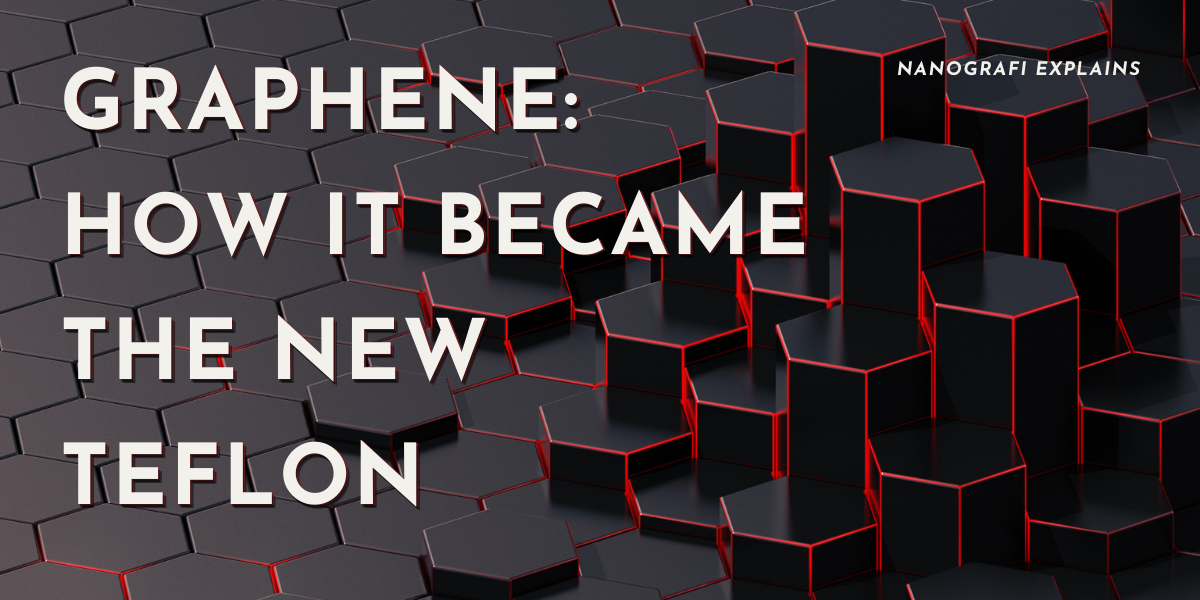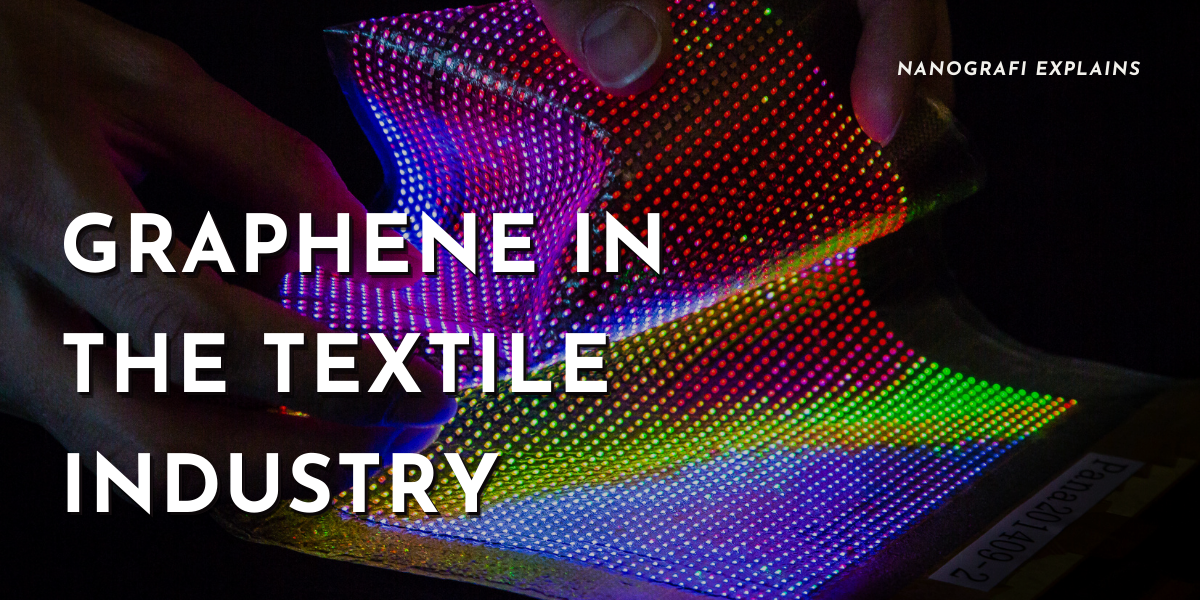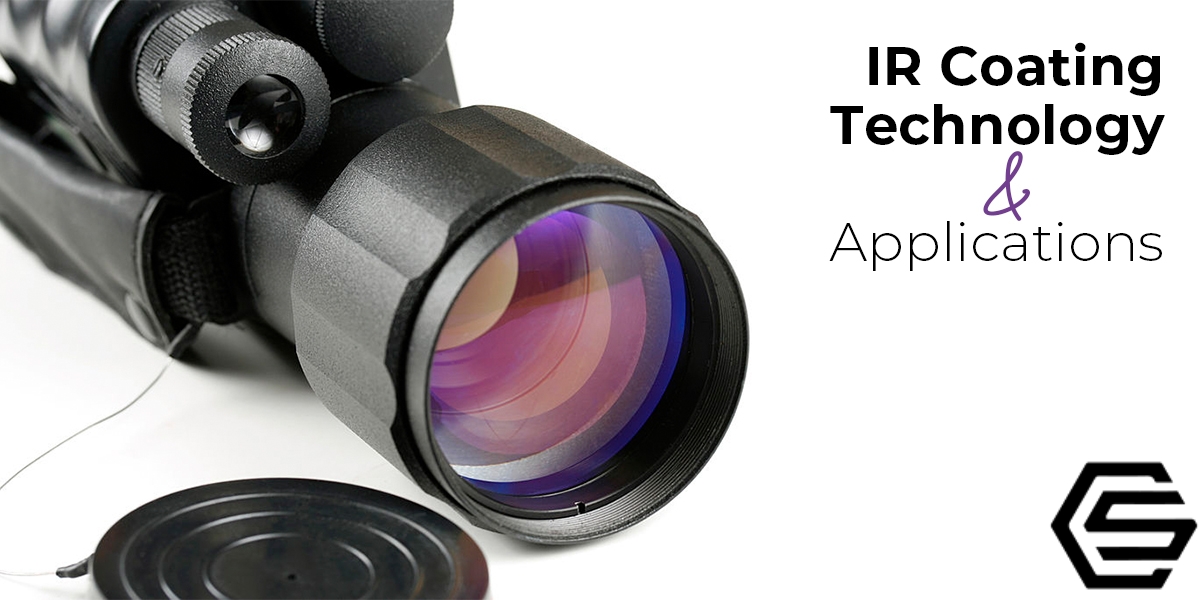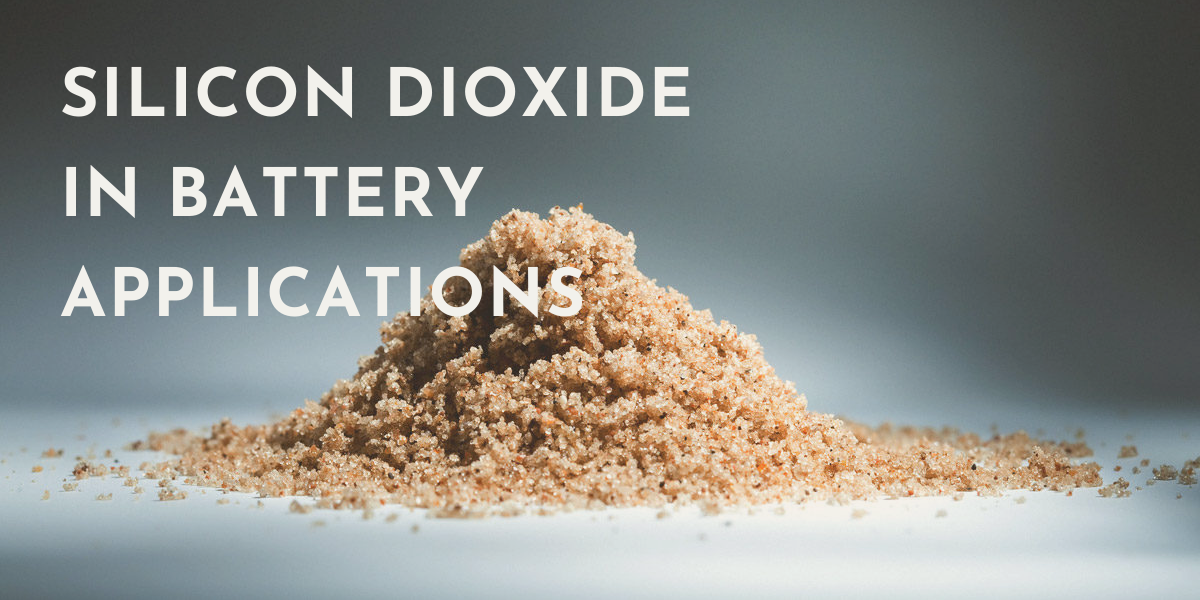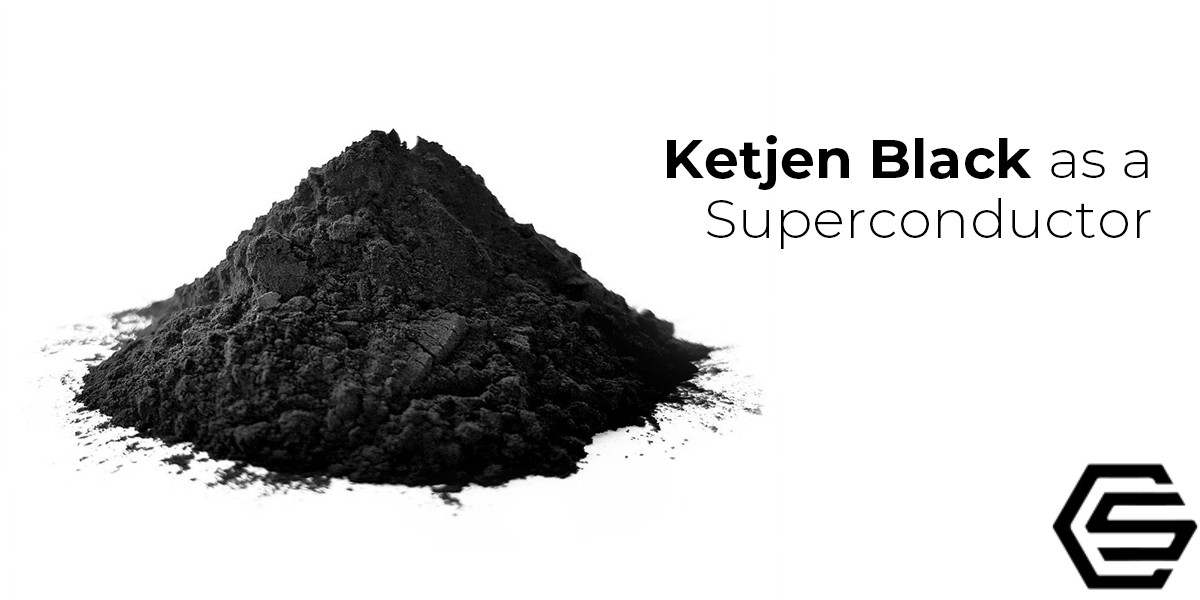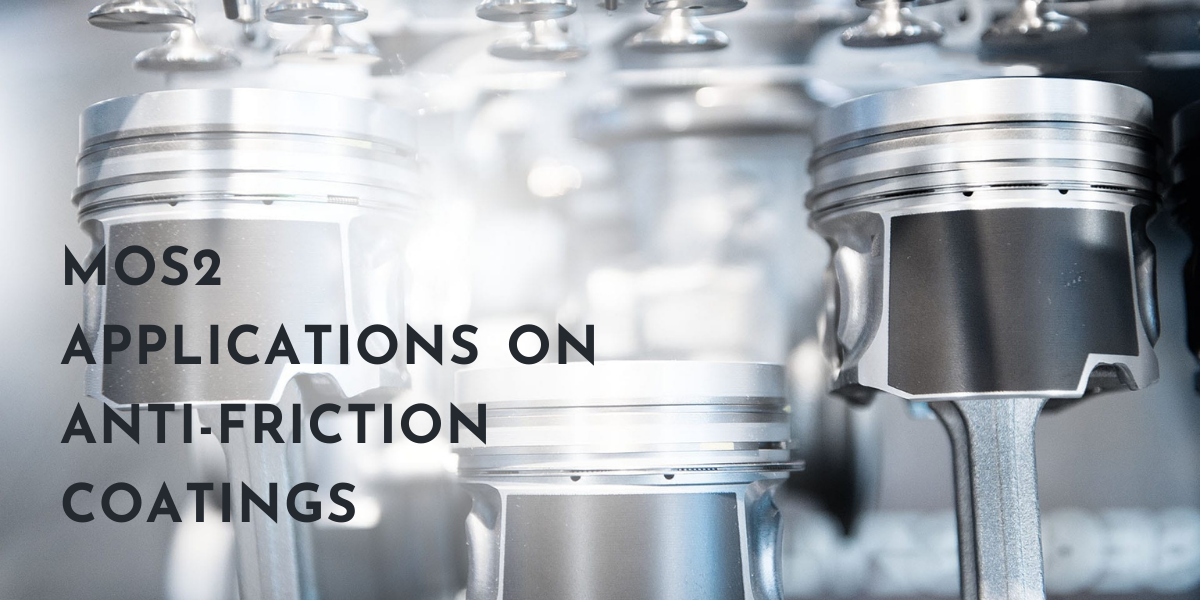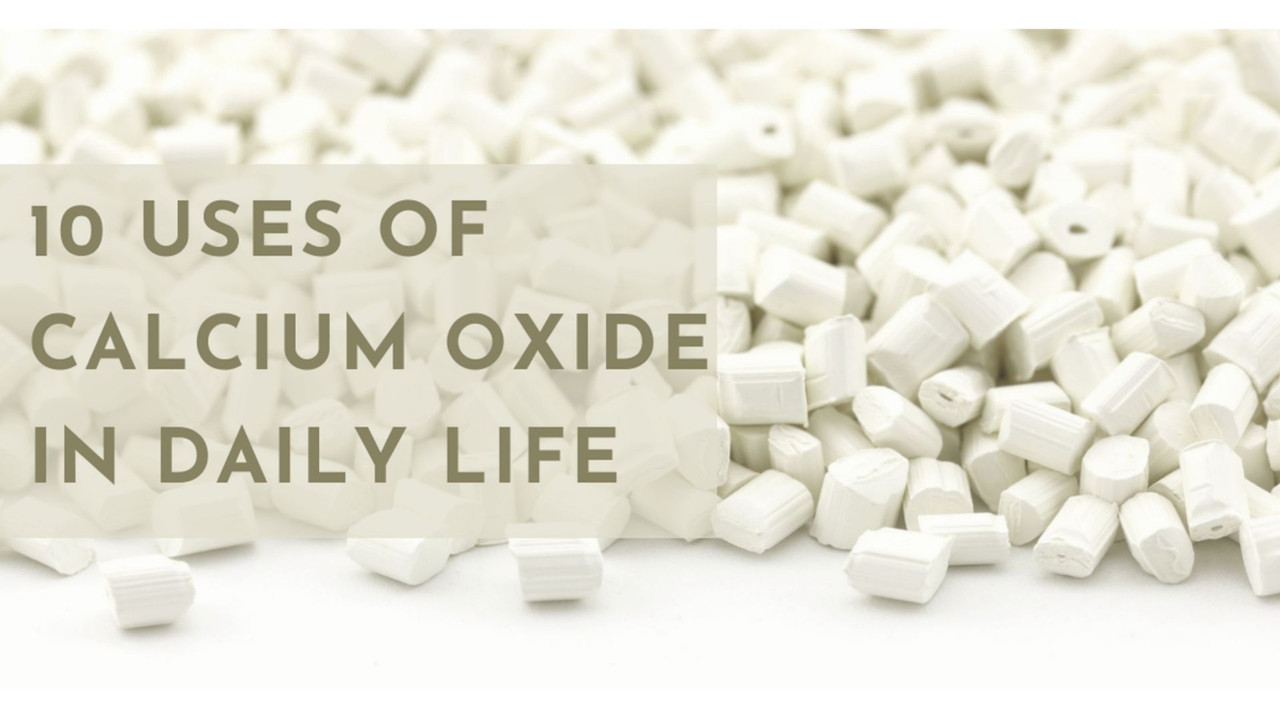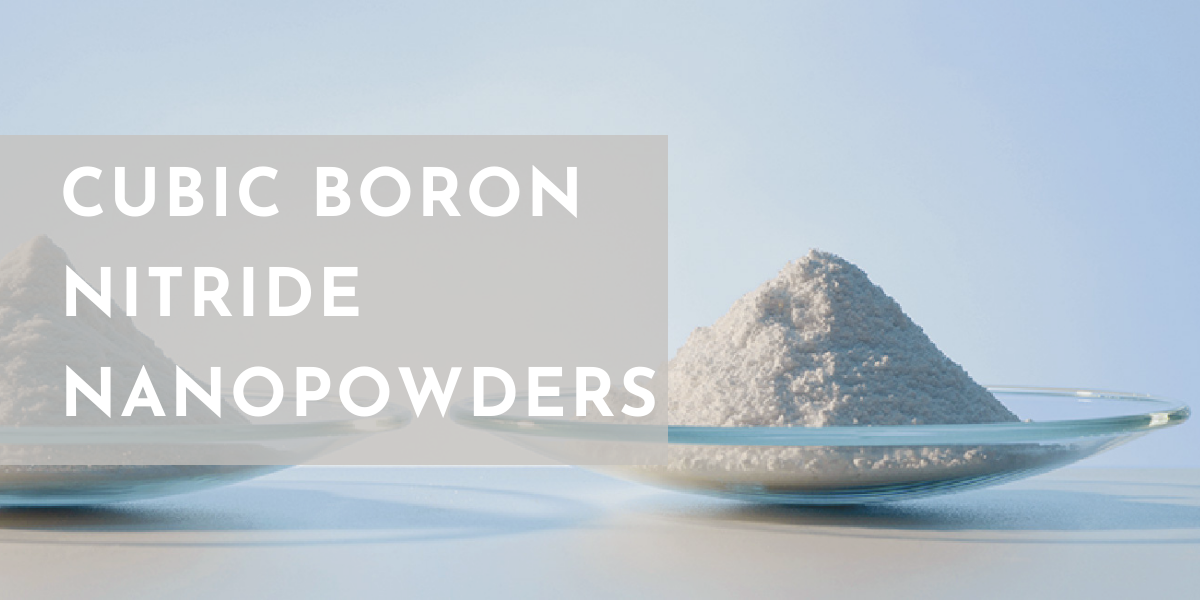Understanding Carbon Nanotubes and their Attributes
Carbon nanotubes are cylindrical carbon structures with remarkable properties owing to their unique molecular arrangement. These structures, often just a few nanometers in diameter, possess exceptional strength, flexibility, and resistance to deformation. Their inherent properties make them ideal candidates for various applications, including body armor, where high-performance materials are crucial for personal protection against ballistic threats.
Properties and Mechanics of Carbon Nanotube Body Armor
The integration of carbon nanotubes into body armor marks a paradigm shift in protective gear technology. These nanoscale materials offer a combination of extraordinary strength, lightweight characteristics, and flexibility that surpasses the capabilities of conventional armor materials. As a result, CNT-based body armor promises enhanced protection without compromising wearer mobility and comfort, significantly impacting the safety and survivability of individuals in high-risk environments.
Exceptional Strength-to-Weight Ratio
One of the most compelling characteristics of carbon nanotubes in body armor is their exceptional strength-to-weight ratio. The tensile strength of CNTs surpasses that of most traditional materials used in armor construction, allowing for lightweight yet incredibly robust armor solutions that offer superior protection without compromising mobility.
Flexibility and Impact Resistance
Carbon nanotube-based body armor demonstrates remarkable flexibility and impact resistance. The inherent flexibility of CNTs allows the armor to conform to the body, ensuring comfort and ease of movement for the wearer. Simultaneously, their ability to absorb and disperse impact energy helps mitigate the force of ballistic threats, minimizing the risk of injury.
Multi-layered Protection and Energy Absorption
CNT-based body armor often employs a multi-layered structure, utilizing the unique properties of nanotubes to create effective energy absorption mechanisms. These multiple layers work synergistically to distribute and dissipate the energy generated by ballistic impacts, effectively reducing trauma to the wearer.

Figure 1. Ballistic impact on carbon nanotube bulletproof vest.
Applications and Development of Carbon Nanotube Body Armor
Carbon nanotube body armor represents a revolutionary advancement in protective gear, offering strength and flexibility for diverse applications ranging from military and law enforcement to civilian and industrial uses.
Military and Law Enforcement Applications
The implementation of carbon nanotube body armor holds immense promise for military and law enforcement personnel. The lightweight yet robust nature of CNT-based armor allows for enhanced protection without sacrificing mobility, offering crucial advantages in dynamic operational scenarios.
Civilian Protection and Industrial Uses
Beyond military and law enforcement applications, carbon nanotube body armor has potential civilian applications, including personal protection for security personnel, emergency responders, and individuals operating in high-risk environments. Additionally, the adaptability of CNT-based armor extends to industrial uses, providing protective gear for workers in hazardous occupations.
To read applications of graphene in military, visit our blog page.
Manufacturing Challenges and Technological Advances
Production challenges and scaling persist in the large-scale production of carbon nanotubes for use in body armor, despite their remarkable properties. Key focuses include overcoming manufacturing hurdles such as cost-effectiveness and uniformity in large-scale production to make CNT-based armor more accessible and practical for widespread use. Simultaneously, advancements in material science and fabrication techniques are driving innovations in this field. Researchers are exploring novel approaches to optimize the arrangement and alignment of nanotubes within armor matrices, which is expected to enhance their ballistic performance and energy absorption capabilities.
Safety, Durability, and Environmental Considerations
Ensuring the safety and comfort of individuals wearing carbon nanotube body armor remains a priority. Extensive testing and evaluation ensure that CNT-based armor meets safety standards while providing the wearer with comfort and ergonomic design for extended use.
The durability and longevity of carbon nanotube body armor are also crucial aspects. Rigorous testing and evaluation procedures ascertain the resilience and shelf life of these advanced materials, ensuring that they maintain their protective qualities over time and under various environmental conditions.
In addition, assessing the environmental impact and sustainability of CNT-based armor production processes remains an important consideration. Efforts to develop eco-friendly production methods and recycling techniques are underway to minimize the environmental footprint associated with the manufacturing and disposal of nanotube-based protective gear.
What is the role of nanomaterials in ballistic protection? Learn now.
Future Prospects and Advancements in CNT Armor Technology
Despite the transformative potential, challenges persist in the widespread adoption of carbon nanotube body armor. Manufacturing scalability, cost-effectiveness, safety compliance, and environmental sustainability remain focal points for further research and development. Future endeavors aim to address these challenges, fostering innovations that propel CNT-based armor towards increased accessibility and practicality.
Advancements in Design and Performance
The future of carbon nanotube body armor holds promise for further advancements in design and performance. Continued research and development aim to optimize nanotube alignment, composite structures, and additional functionalities such as heat resistance and adaptability to varying threat levels.
Smart Armor and Integration of Nanotechnology
The integration of nanotechnology into body armor could lead to the development of "smart" armor systems. This innovation may incorporate sensors, adaptive materials, and real-time threat analysis, enabling the armor to adapt its protective capabilities dynamically to varying threats, significantly enhancing wearer safety.
Mechanisms and Superior Protection
Carbon nanotube body armor showcases superior protective mechanisms owing to its ability to disperse and absorb impact energy. The multi-layered design harnesses the unique properties of CNTs, effectively distributing and mitigating the force generated by ballistic threats, thereby reducing trauma and improving the survivability of wearers.
Diverse Applications and Evolving Innovations
The applications of carbon nanotube body armor span across military, law enforcement, and civilian sectors. Their adaptability and effectiveness offer protection for personnel in high-risk environments, while ongoing innovations in material science continue to drive advancements, exploring new frontiers for tailored, adaptable, and smart protective gear.
In conclusion, the integration of carbon nanotubes into body armor epitomizes the convergence of scientific innovation, material advancement, and the imperative need for enhanced personal protection. The trajectory of CNT-based armor heralds a future where nanotechnology continues to shape the landscape of protective gear, offering innovative solutions that redefine safety standards and empower individuals facing dynamic threats. The evolution of carbon nanotube body armor stands as a testament to human ingenuity and the relentless pursuit of safety and security in an ever-evolving world of challenges. As research and innovations propel these advancements forward, the promise of improved protection and survivability for individuals across various sectors remains a beacon guiding the future of protective gear.


